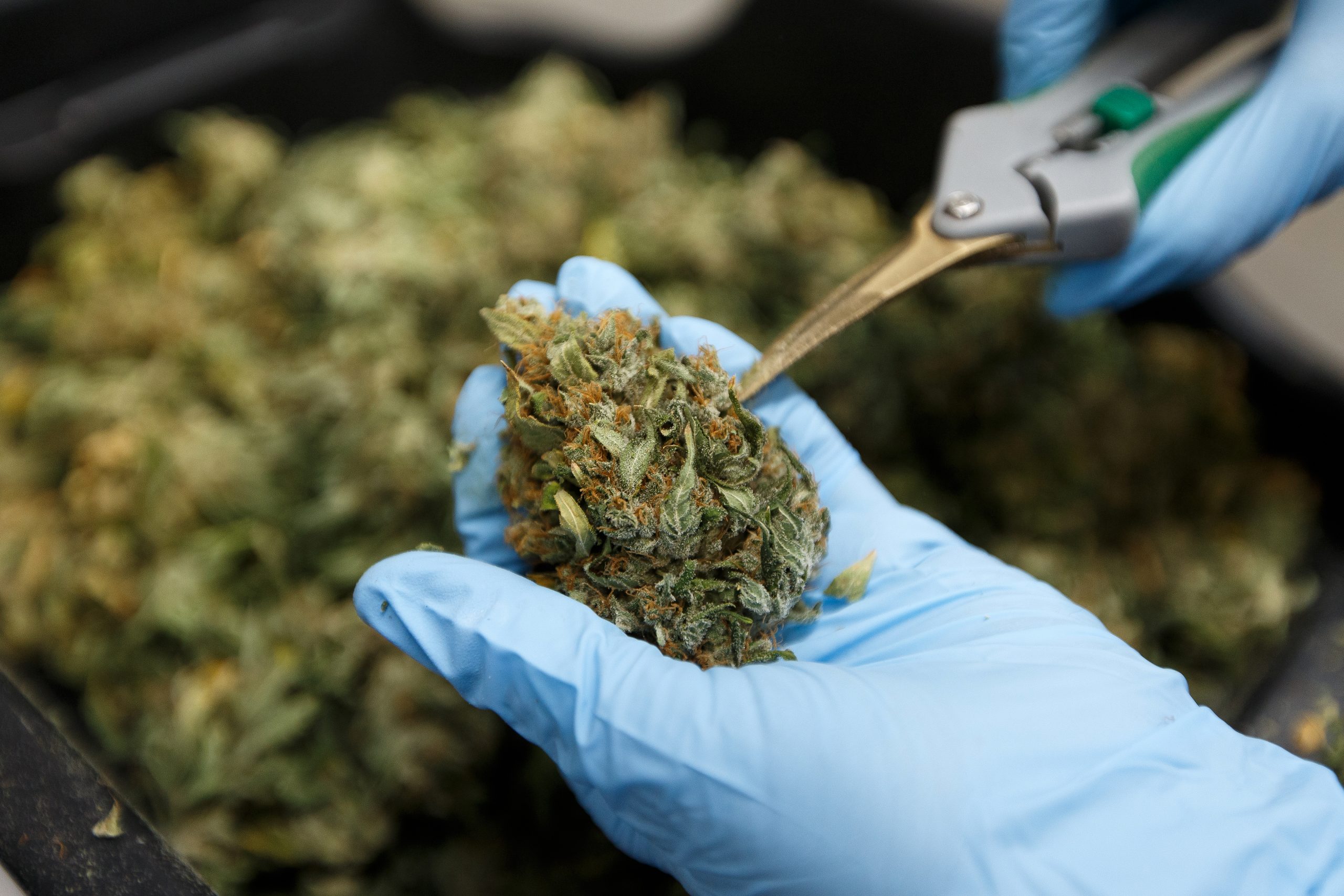Unveiling the Miracles of the Endocannabinoid Program: Nurturing Stability with Cannabis Seeds
The human physique is an intricate world-wide-web of systems doing the job in harmony to maintain balance and ensure best working. Amid these, the endocannabinoid program (ECS) stands out as a fascinating and fairly current discovery. This sophisticated network of receptors and neurotransmitters plays a vital role in regulating numerous physiological processes. In this exploration, we delve into the depths of the endocannabinoid system and its probable relationship to hashish seeds.
Comprehending the Endocannabinoid Method:
The endocannabinoid program is a exceptional regulatory method present in all vertebrates. Identified in the 1990s, this process is composed of three most important components: endocannabinoids, receptors, and enzymes. Endocannabinoids are molecules generated by the human body that carefully resemble cannabinoids uncovered in cannabis vegetation. The two most important endocannabinoids are anandamide and two-arachidonoylglycerol (2-AG).
Receptors in the ECS are found in the course of the overall body, with CB1 receptors predominantly found in the central nervous process and CB2 receptors mostly dispersed in the peripheral tissues, specially immune cells. These receptors act as messengers, transmitting indicators to control different bodily functions.
Enzymes inside of the ECS are accountable for breaking down endocannabinoids once they have fulfilled their functionality. The enzymes FAAH (fatty acid amide hydrolase) and MAGL (monoacylglycerol lipase) perform very important roles in this approach.
The Part of the ECS in Retaining Equilibrium:
The endocannabinoid procedure plays a pivotal purpose in maintaining homeostasis, ensuring that the body’s internal ecosystem stays secure despite external improvements. It regulates a huge variety of capabilities, which include mood, hunger, slumber, immune reaction, and soreness perception.
When the body faces strain or experiences imbalance, the ECS is activated to restore harmony. Endocannabinoids bind to receptors, initiating a cascade of functions that aid regulate the impacted procedure. This sensitive dance ensures that the body’s different capabilities are finely tuned and answer properly to inside and exterior stimuli.
Hashish Seeds and the ECS:
Now, let us discover the probable link in between cannabis seeds and the endocannabinoid system. Hashish seeds contain a wide range of compounds, which includes cannabinoids, terpenes, and fatty acids. Even though the most important psychoactive compound, delta-9-tetrahydrocannabinol (THC), is located in higher concentrations in the flowers and leaves of the hashish plant, seeds also contain trace amounts.
A single appealing cannabinoid found in cannabis seeds is cannabidiol (CBD). CBD has acquired popular attention for its non-psychoactive mother nature and prospective therapeutic gains. Analysis indicates that CBD interacts with the endocannabinoid procedure, albeit in a far more indirect fashion when compared to THC.
CBD is believed to affect the ECS by inhibiting the enzymes liable for breaking down endocannabinoids. Get More Information to an increase in endocannabinoid stages, likely maximizing the regulatory abilities of the ECS. Nevertheless, it really is essential to observe that the interaction between CBD and the ECS is complex, and ongoing research is uncovering new sides of this romance.
Further than Cannabinoids: The Function of Fatty Acids:
Cannabis seeds are also abundant in crucial fatty acids, which includes omega-3 and omega-six. These fatty acids participate in a essential job in supporting general well being, which include brain function, cardiovascular health and fitness, and immune program functionality.
